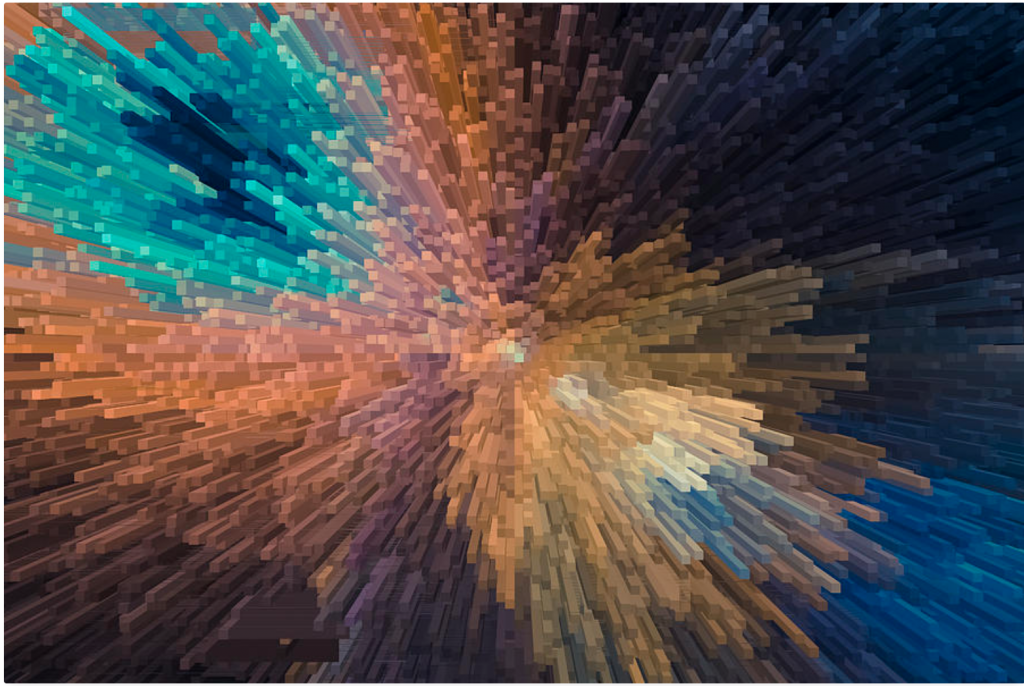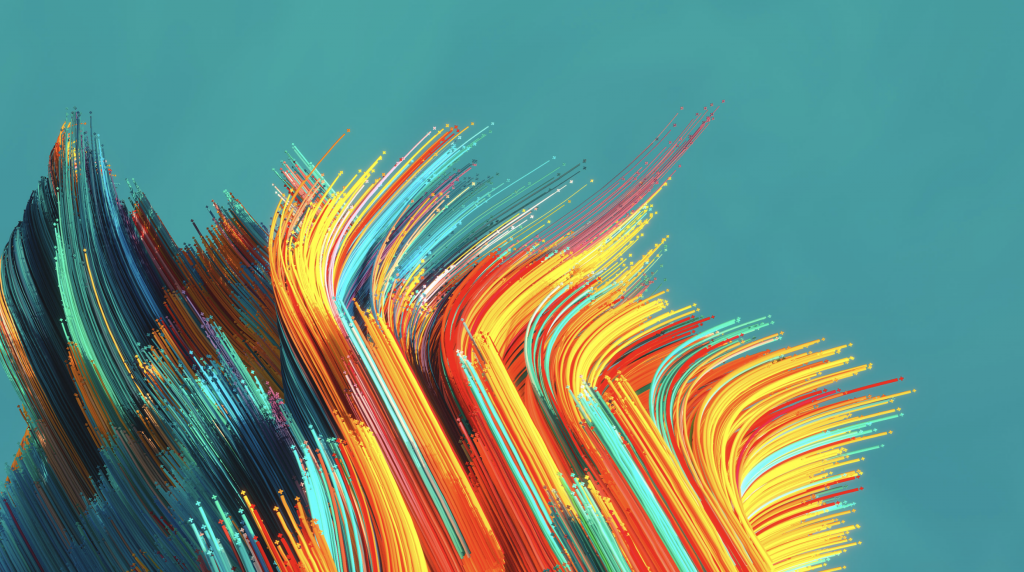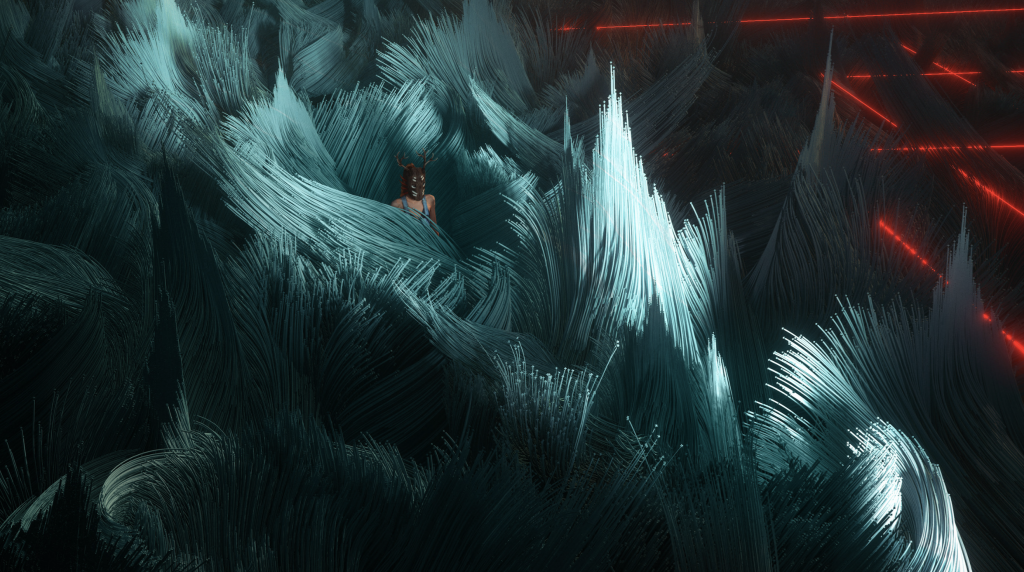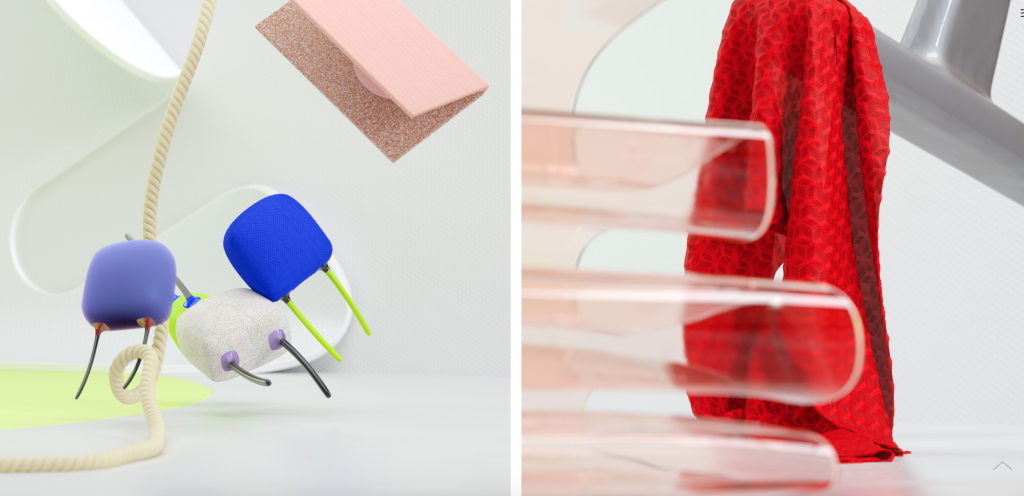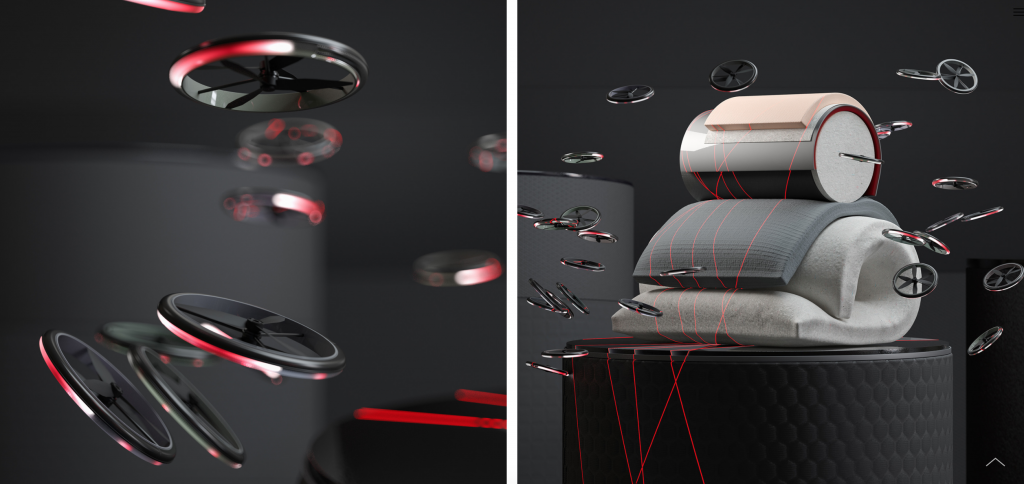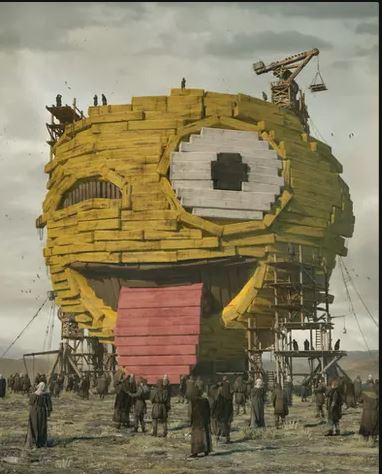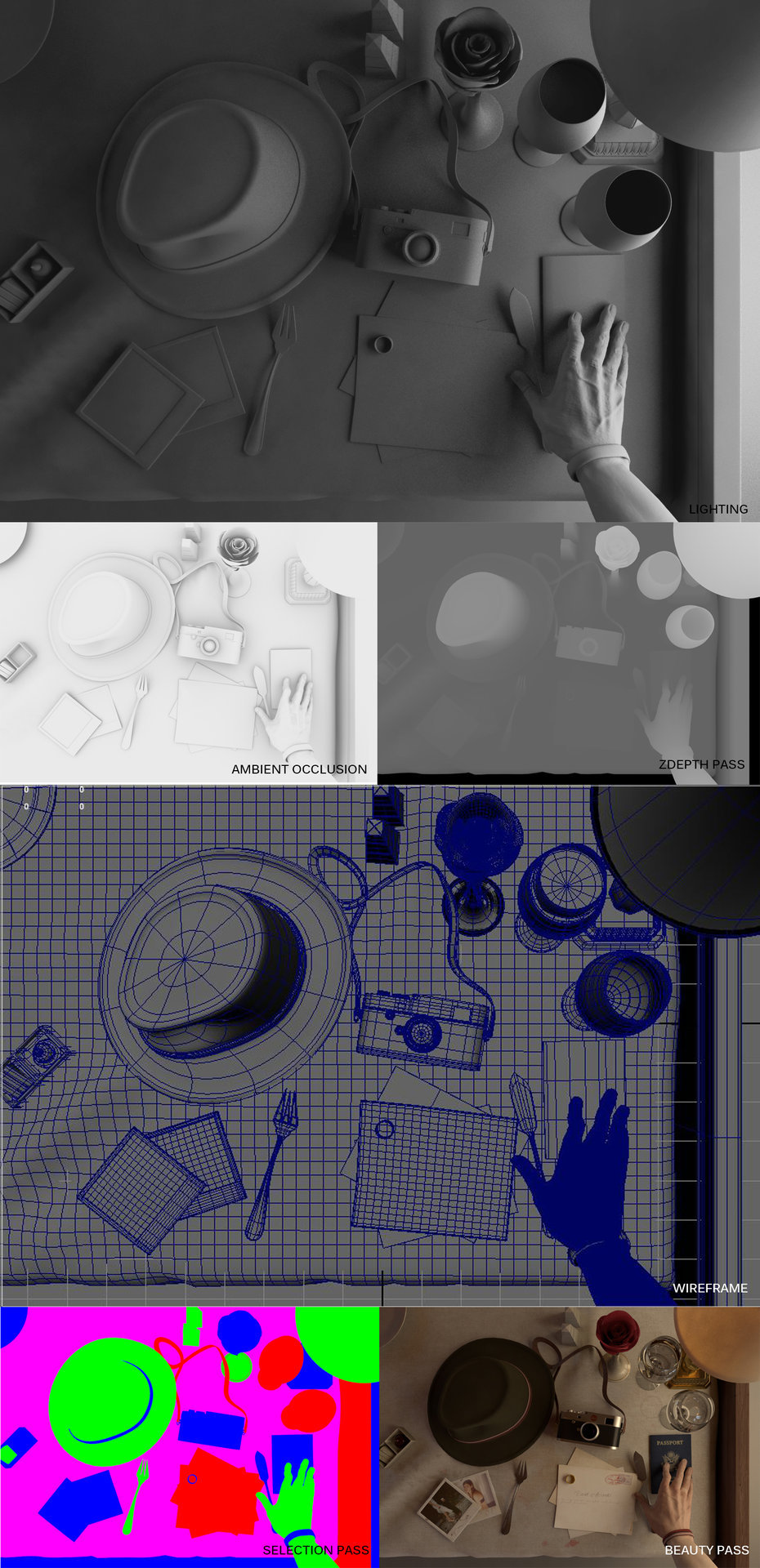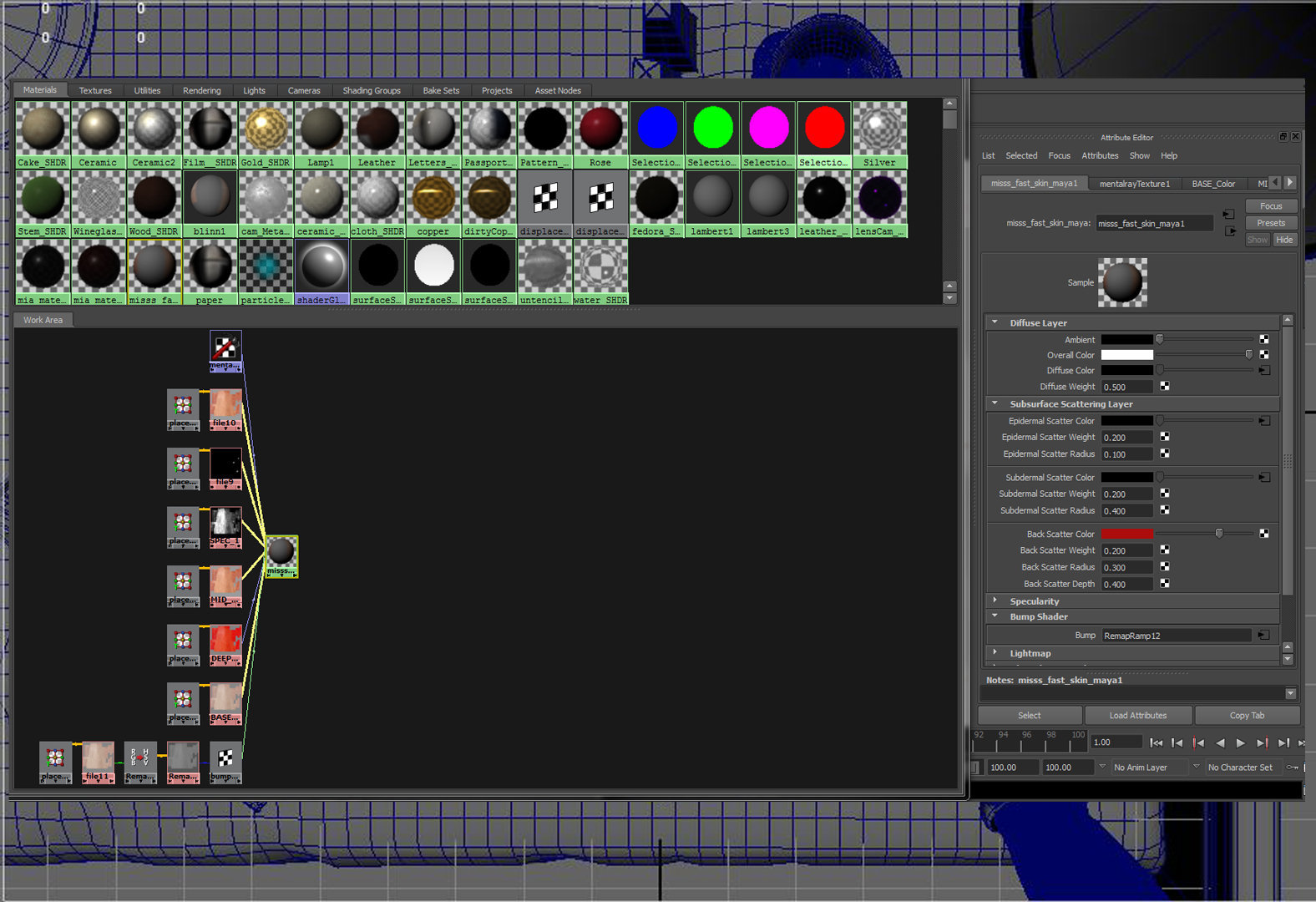After further researching Andy Lomas to get a better picture of 3d computer graphics, I came across his project “Cellular Forms”, created around 6 years ago. This project aims to mimic and simulate the visuals of cellular growth through algorithms which act as a rule set for the cell production. For example, one of the parameters that Lomas sets on his simulation is the nutrient level, which triggers production of splitting cells.
While this could be taken very literally as the visuality of how cells are produced, what interested me about this project was the capacity it had to be further applied onto other projects. Since the project leaves the production of cells up to the simulation and parameter set, there is hypothetically an extremely large number of different outputs that can be produced: each in which can be related to other organic forms, such as coral, algae, or organs.
![[OLD FALL 2020] 15-104 • Introduction to Computing for Creative Practice](../../../../wp-content/uploads/2021/09/stop-banner.png)


